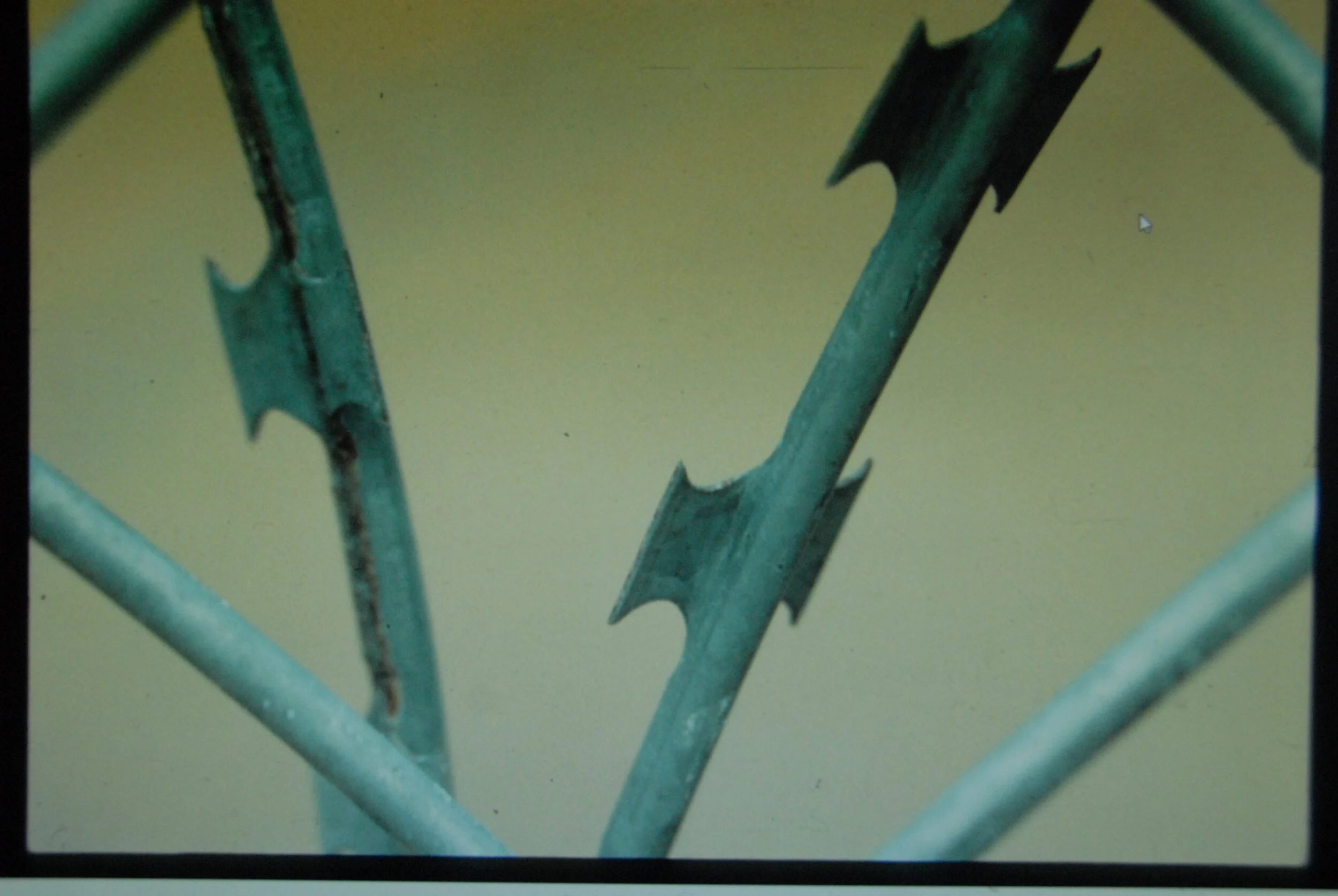Since the protests surrounding the death of George Floyd, I have been spending a great deal of time watching the news on television. It has caused me to reflect on my time in Labrador and the Innu Protests against the low-level flying jets over their ancestral lands.
Both protests come from long-standing grievances and oppression. The Innu protested their marginalization, and the loss of traditions developed over thousands of years of life on the land. The grievances of Black protesters around the world are based on historical mistreatment and violence since the days of Black slavery.
There are many similarities and differences between the two protests. Of course, a significant difference is the size of the protests. The Black Lives Matter protests span a nation with demonstrations in every major city and are covered by national TV. The Innu protest, although small, had national coverage on the Canadian TV networks.
The small size made the Innu Protest much easier to control. As every protester came from one community, there were no infiltrators who strayed from the protests’ purpose. The small size was of a particular advantage during the trials when elders insisted on translations into their language. The courts could not find any translators because no one would agree to translate for the court. The leaders controlled the message as the only person other than Innu allowed on the runways was their priest. The result was an incredibly peaceful protest, the extent of damage was a few broken fence boards, the breakage of a padlock, and a few chain link fence clips.
In the US protests, the number of protesters is so numerous, that no one knows them all, and people, who with different agendas such as anarchists and looters tag on and discredit the protests in the eyes of people, including government leaders, who place the value of property above that of human lives and oppression. The primary problem, as Terrence Floyd puts it, the government doesn’t care about the destruction because the buildings are ours, not theirs. We only hurt ourselves. The black businesses took a long time to recover after the Rodney King riots in Los Angeles.
In all protests, one can divide police officers, into the Peace Officers and the Law-enforcement Officers. In the story, Nutaui’s Cap, the police sergeant, (a peace officer), comes to prevent injury to children by warning the protest camp that the military had rolled razor wire on the other side of the fence. The Innu protested anyway. That night there was a change of command, from the peace officer to a law enforcement officer, and the police arrest many Innu. The following day the police come to tear down the camp tents and throw out the breakfast bannock. In the US, One can associate the peace officers with those kneeling and walking with the protesters, while the law enforcement officers are associated with violence and injury. The law-enforcement officers will always deviate from “Serve and Protect” to enforce rules with force and punishment. The result is always an incitement of the protesters and ever increase in the violence.
We have to do a better job of recruiting police. We need more peace officers and fewer law-enforcement officers. Doing this will be an important means to reduce tensions and, as a result, less crime.

